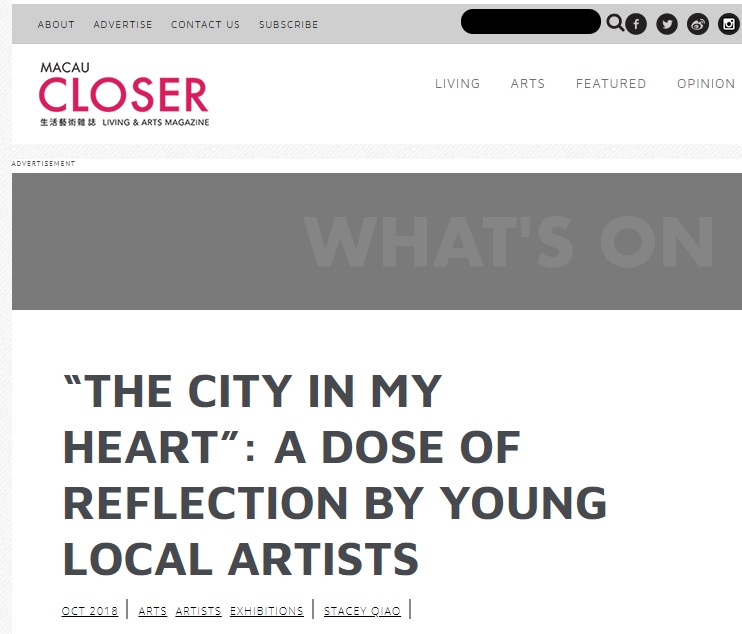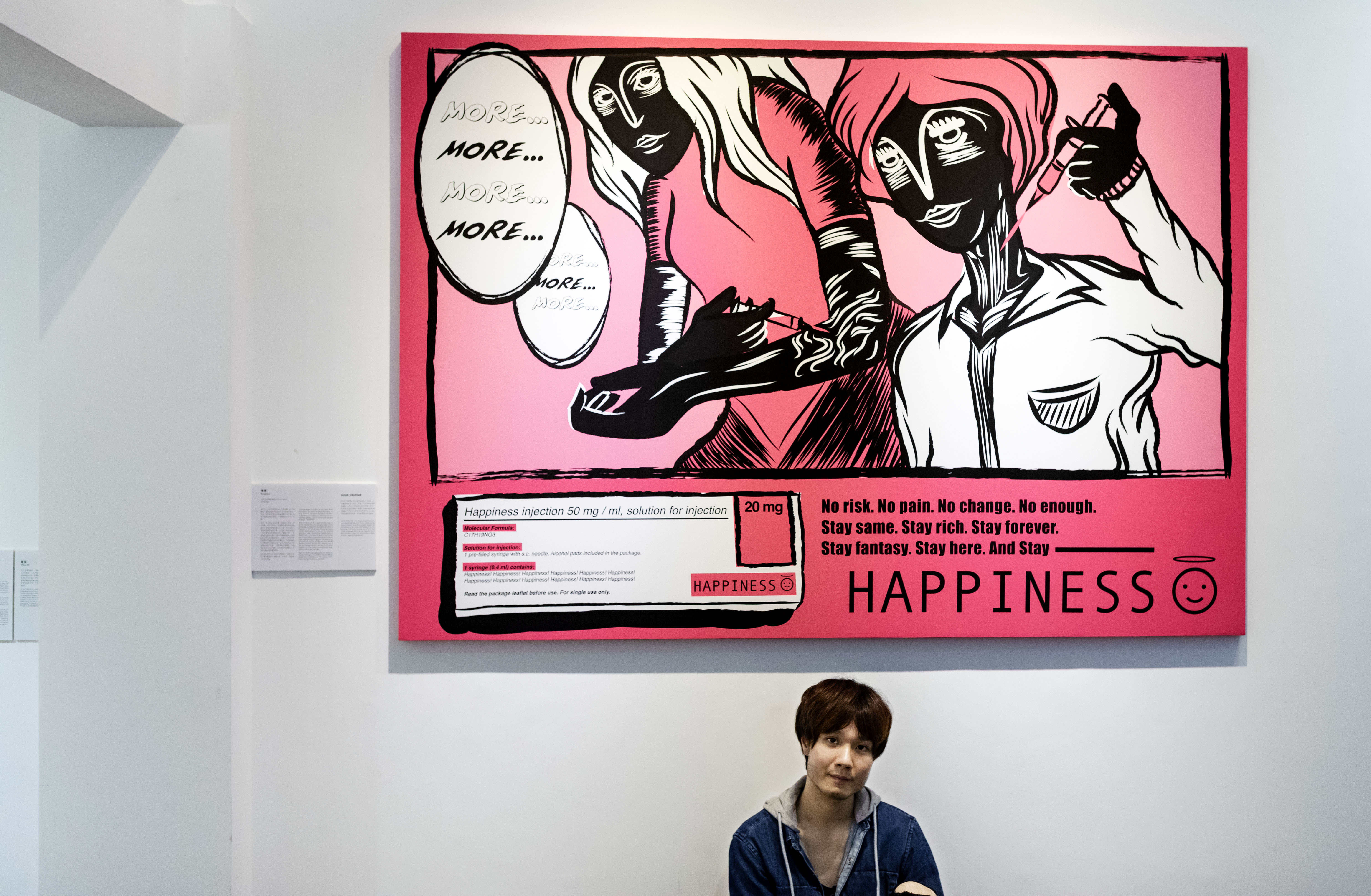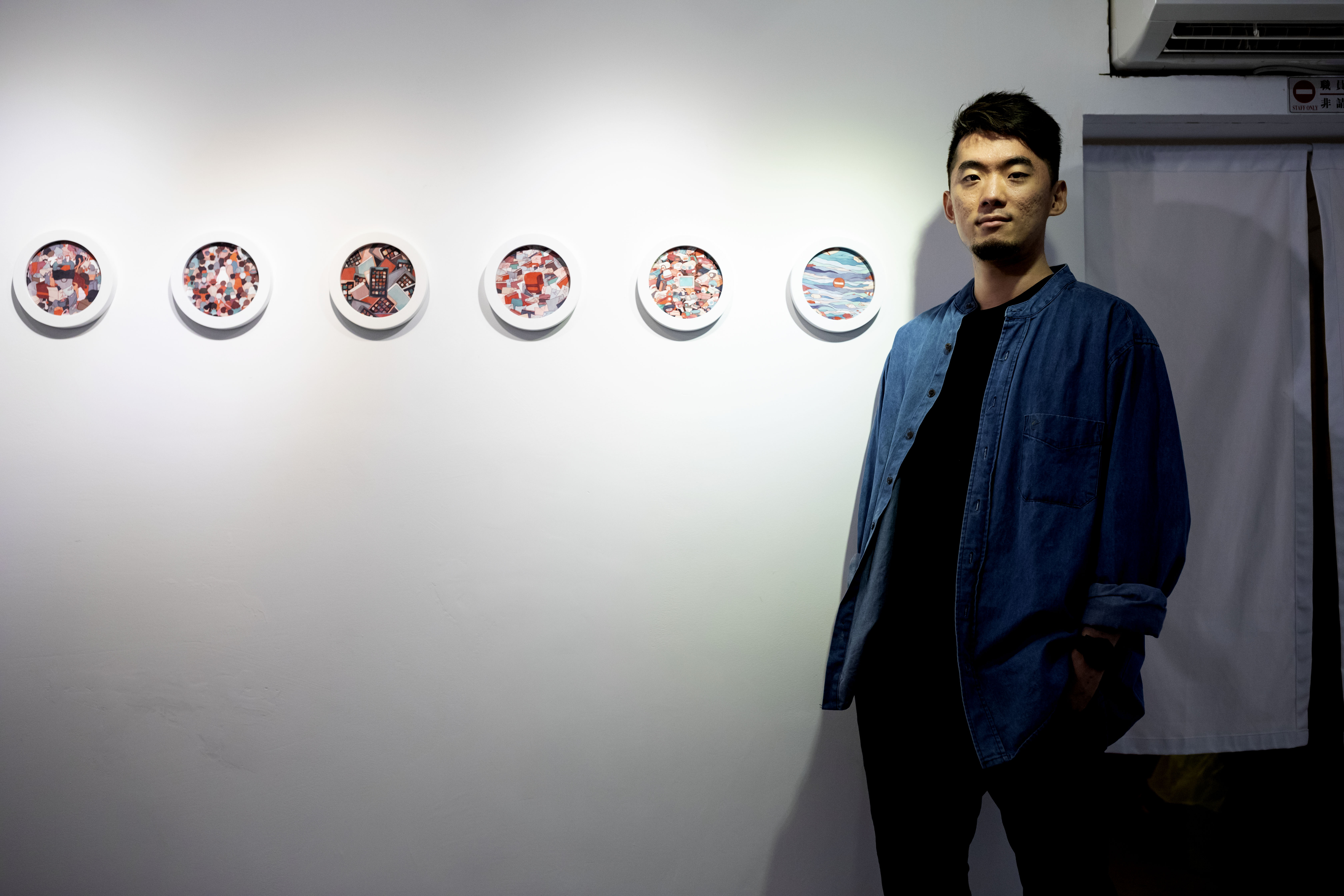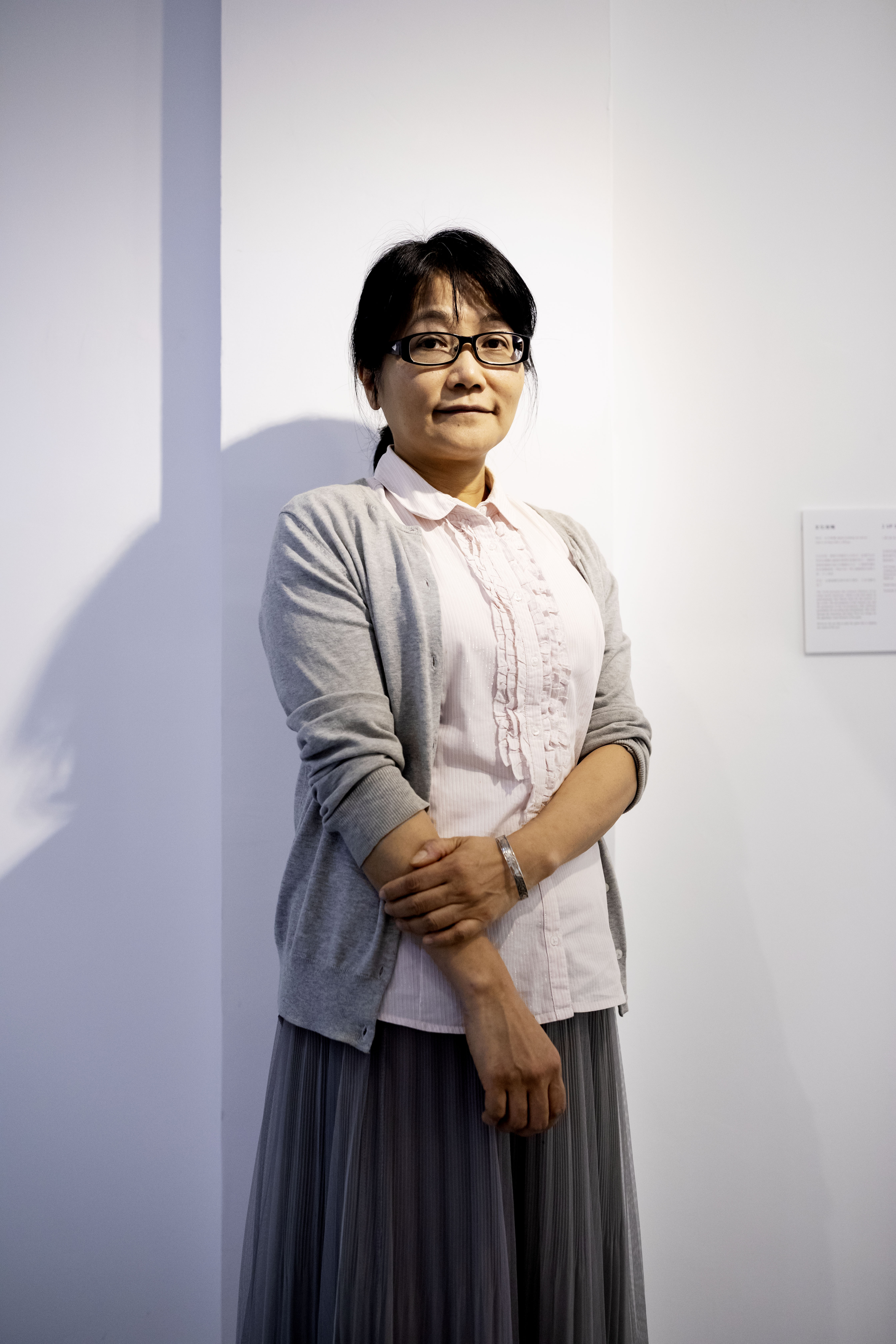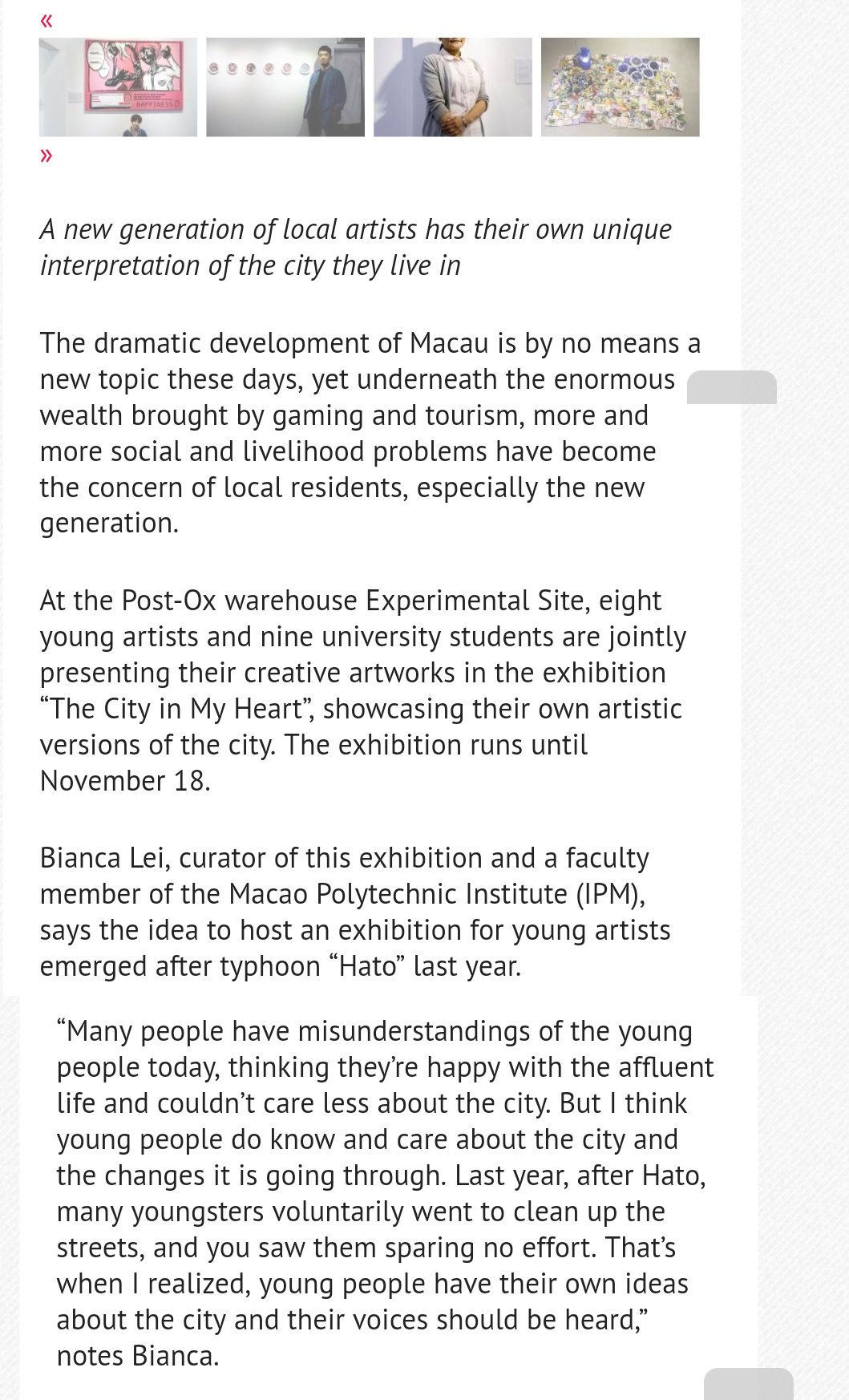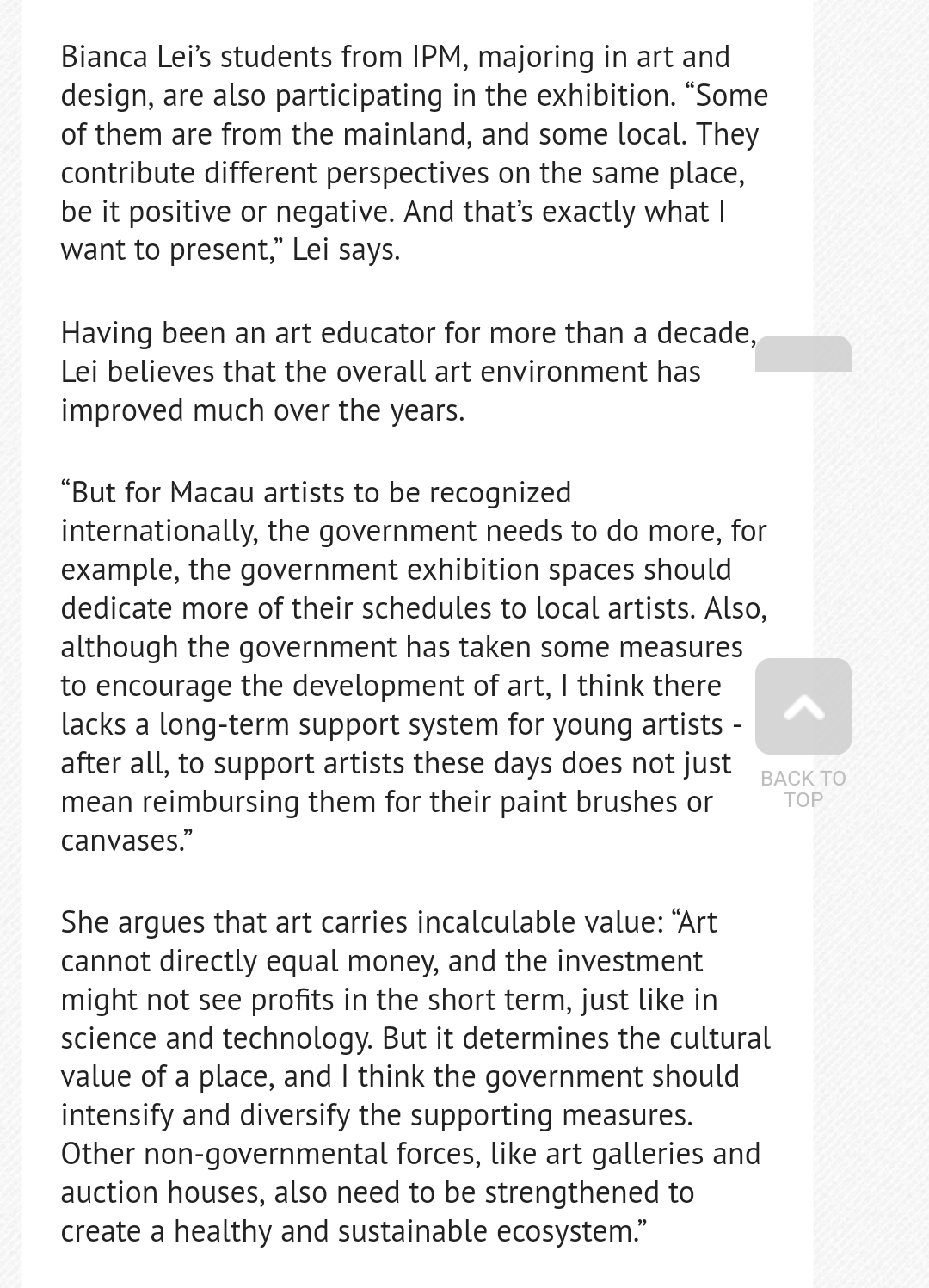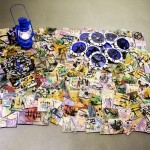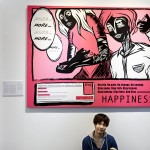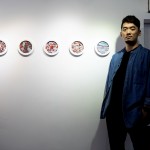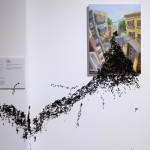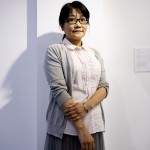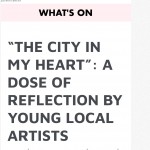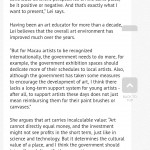report:“The City in My Heart”: A Dose of Reflection by Young Local Artists
10/2018
related link: Macau Closer Magazine, “The City in My Heart”— Creative Artwork Exhibition
by Stacey Qiao
A new generation of local artists has their own unique interpretation of the city they live in
The dramatic development of Macau is by no means a new topic these days, yet underneath the enormous wealth brought by gaming and tourism, more and more social and livelihood problems have become the concern of local residents, especially the new generation.
At the Post-Ox warehouse Experimental Site, eight young artists and nine university students are jointly presenting their creative artworks in the exhibition “The City in My Heart”, showcasing their own artistic versions of the city. The exhibition runs until November 18.
Bianca Lei, curator of this exhibition and a faculty member of the Macao Polytechnic Institute (IPM), says the idea to host an exhibition for young artists emerged after typhoon “Hato” last year.
“Many people have misunderstandings of the young people today, thinking they’re happy with the affluent life and couldn’t care less about the city. But I think young people do know and care about the city and the changes it is going through. Last year, after Hato, many youngsters voluntarily went to clean up the streets, and you saw them sparing no effort. That’s when I realized, young people have their own ideas about the city and their voices should be heard,” notes Bianca.
The rapid changes of Macau continue to excite artists, and have become a treasure trove of creative materials, as Lei observes.
The artwork that opens the exhibition, titled “Morphine”, is created by local illustrator SOUR GRAPHIK. The post-80s artist criticizes the popular pursuit of “stability” in Macau, such as having a stable job and permanent security, and compares it to morphine.
“Unlike the apparently harmful LSD or cocaine, morphine is designed to relieve pain and make you feel comfortable. Macau people may seem to live a much happier life than people elsewhere, but in many ways the city is still primitive. For instance, the obsession with stability. It is okay to want stability? We all want it, but what exactly is the definition of stability? Endlessly chasing a stable job, money and rank may cost your personal and family time, as well as your own dreams,” he says.
“The mainstream beliefs and values here are not conducive to following your individual pathways.” Lin Ge, another participating artist, presents his work “Dissatisfaction”. The nine, round giclée-on-paper creations, featuring scenes full of cellphone notifications, flood waters, or passengers, aim to reflect the “unfullness” (literally meaning “dissatisfaction” in Chinese) hidden in the fullness of everyday life.
“In Macau you’re never short of inspiration. In this art piece, there are two contrasting concepts – our dissatisfaction/ ‘unfullness’ with the city results from the physical ‘fullness’. I have taken the fragments of daily life to exemplify the contrast,” Lin explains.
Bianca Lei’s students from IPM, majoring in art and design, are also participating in the exhibition. “Some of them are from the mainland, and some local. They contribute different perspectives on the same place, be it positive or negative. And that’s exactly what I want to present,” Lei says.
Having been an art educator for more than a decade, Lei believes that the overall art environment has improved much over the years.
“But for Macau artists to be recognized internationally, the government needs to do more, for example, the government exhibition spaces should dedicate more of their schedules to local artists. Also, although the government has taken some measures to encourage the development of art, I think there lacks a long-term support system for young artists – after all, to support artists these days does not just mean reimbursing them for their paint brushes or canvases.”
She argues that art carries incalculable value: “Art cannot directly equal money, and the investment might not see profits in the short term, just like in science and technology. But it determines the cultural value of a place, and I think the government should intensify and diversify the supporting measures. Other non-governmental forces, like art galleries and auction houses, also need to be strengthened to create a healthy and sustainable ecosystem.”
